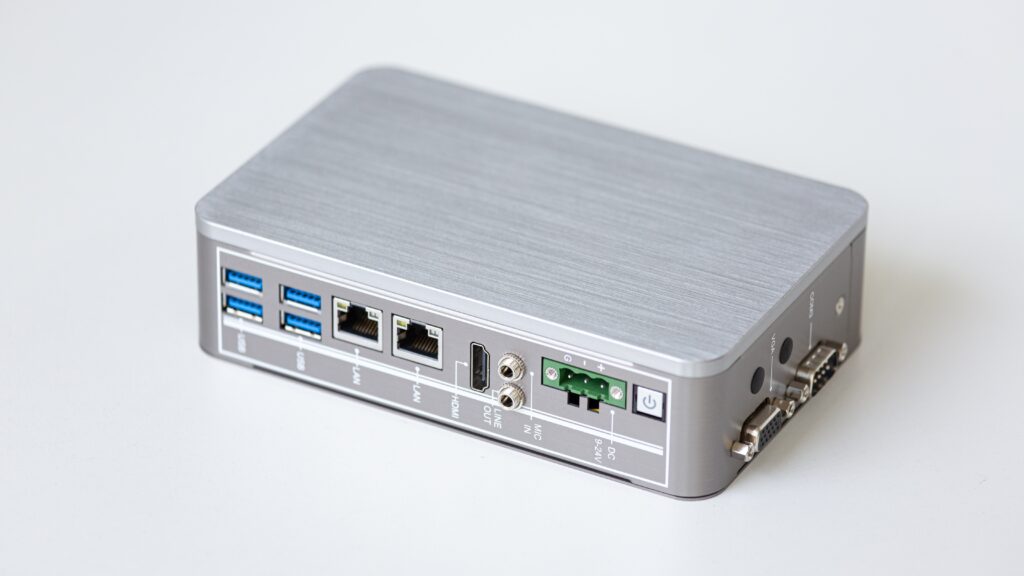A router is a crucial component of a home network that connects multiple devices to the internet. Accessing your router is an essential task that can help you configure your network, change its settings, and troubleshoot any issues. If you’re new to the world of home networking, the process of accessing your router might seem intimidating, but it’s not as complicated as you might think.
In this article, we’ll take you through the steps of accessing your router and offer some tips to help you make the most of your network.
Understanding Your Router’s IP Address
The first step in accessing your router is to identify its IP address. An IP (Internet Protocol) address is a unique number that identifies the router on your network. To find your router’s IP address, follow these simple steps:
- Open the Command Prompt or Terminal on your computer.
- Type “ipconfig” and press Enter.
- Look for the “Default Gateway” value under the “Ethernet adapter” or “Wi-Fi adapter” section. This is your router’s IP address.

Connecting to Your Router
Once you have your router’s IP address, the next step is to connect to it. To do this, follow these steps:
- Open your web browser and enter the IP address in the address bar.
- Enter your router’s login credentials. The default username and password can be found in your router’s manual or on the manufacturer’s website.
- Once you’re logged in, you’ll be taken to your router’s web-based interface, where you can change its settings, configure your network, and troubleshoot any issues.
Configuring Your Router’s Settings
One of the main reasons to access your router is to change its settings. From the web-based interface, you can configure your network in several ways, including:
- Changing the name and password for your Wi-Fi network.
- Setting up port forwarding to allow remote access to your network.
- Updating the router’s firmware to the latest version.
- Configuring parental controls to restrict access to inappropriate websites.
Troubleshooting Your Network
In addition to configuring your network, accessing your router can also help you troubleshoot any issues you might be experiencing. From the web-based interface, you can check the status of your network, view connected devices, and diagnose any problems.
If you’re experiencing slow internet speeds, for example, you can check your router’s settings to see if there are any optimization options you can use to improve performance. You can also check for any connected devices that might be consuming bandwidth and disconnect them if necessary.
Conclusion
Accessing your router is an important task that can help you configure your network, change its settings, and troubleshoot any issues. By understanding your router’s IP address and connecting to it, you’ll be able to make the most of your network and enjoy fast reliable internet speeds.
